Bob Mizer’s Physique Pictorial: A Revolutionary Lens on Queer Masculinity
In the annals of queer history, few figures have left as indelible a mark on the intersection of art, masculinity, and subversive sexual identity as Bob Mizer. His groundbreaking magazine, Physique Pictorial, was more than just a collection of beefcake photos. It was a revolutionary platform that challenged the restrictive cultural mores of mid-20th-century America, offering men—queer men in particular—a place to explore, express, and reclaim their own vision of masculinity. The significance of Mizer’s work, though often underappreciated in mainstream discussions, is hard to overstate. His career began in the shadows, facing accusations and legal troubles, but ultimately he built an empire of images that continues to influence and inspire.
To see Bob Mizer’s uncensored shower series, check out the Gayety Substack.

A Scandalous Beginning
Mizer’s introduction to the world of legal entanglements and moral outrage began when he was accused of having sexual relations with a model who was a minor, a charge that landed him in a work camp in Saugus, California. Although wrongly accused, this early experience with the law foreshadowed a life spent toeing the line between legality and illicitness.

In 1954, Mizer was convicted of distributing obscene material—black-and-white photos of male bodybuilders in what were then called posing straps, a modest precursor to the G-string. In a time when male nudity was taboo and explicitly illegal, these photographs became the center of a cultural firestorm.
Despite the conviction, Mizer refused to back down. Instead, he capitalized on the controversy. His studio, the Athletic Model Guild (AMG), began to churn out an endless stream of homoerotic photography, drawing both attention and ire from the public. For the gay community, starved for representation and craving visibility, Mizer’s work offered a glimpse into a world where queer desire was not only accepted but celebrated.

Physique Pictorial: A Groundbreaking Platform
Mizer’s most notable contribution to queer art and culture was Physique Pictorial, a quarterly magazine that first hit shelves in 1951. At a time when explicit homosexuality was criminalized, Physique Pictorial managed to push boundaries without crossing the lines that would render it completely illegal. The magazine mixed artful photographs of muscular men in various stages of undress with illustrations and essays that grappled with the politics of the time.
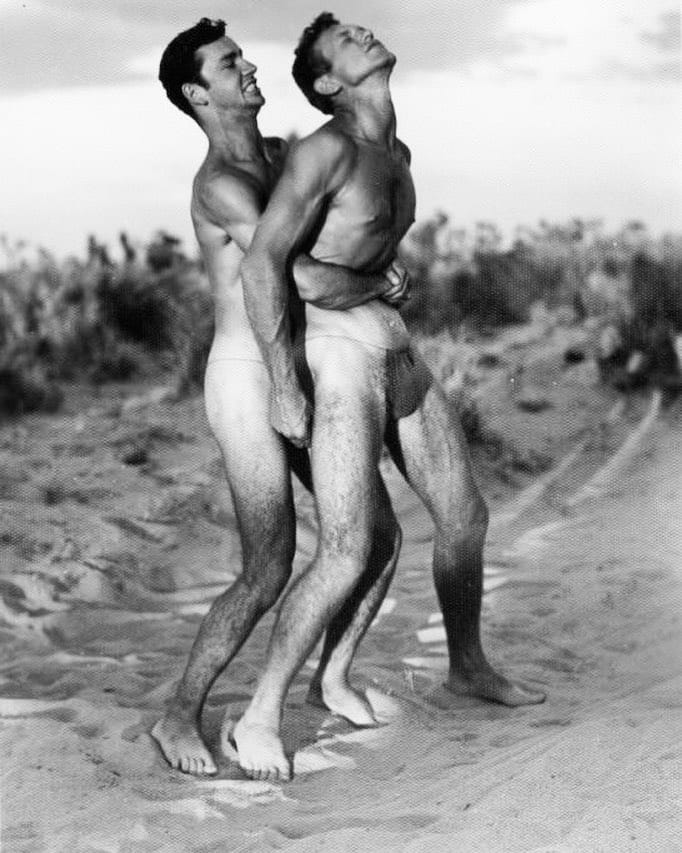
In an era where queer men were often demonized, Mizer offered an alternative vision of masculinity that was both aspirational and attainable. His subjects, often athletes, bodybuilders, and laborers, were depicted as powerful, sculpted, and virile. But beyond the physicality, there was an unmistakable tenderness in his work—an understanding of the complexity of male intimacy that had rarely been explored before.

While his contemporaries were being censored or ostracized for their depictions of male nudity and homoeroticism, Mizer somehow navigated the legal and social landscapes to continue producing his art. His work, while certainly titillating, was also deeply political. Each issue of Physique Pictorial stood as a quiet rebellion against the heteronormative ideals that dominated mid-century America. For many gay men, this was the first time they saw their own desires reflected back at them in a way that wasn’t demonized or pathologized.

The Cultural Impact of Mizer’s Work
Mizer’s influence extended far beyond the pages of Physique Pictorial. His photographs and films of bodybuilders and male models attracted a wide audience, including some of the biggest names in entertainment and art. Over the course of his career, he shot thousands of men, among them Hollywood stars, porn actors, and queer icons. Arnold Schwarzenegger, who would go on to become both a global movie star and a politician, posed for Mizer early in his bodybuilding career. The likes of Andy Warhol’s muse, Joe Dallesandro, and artist Jack Pierson were also immortalized by Mizer’s lens.

But what made Mizer’s work so enduring wasn’t just the famous faces he captured—it was the way he explored masculinity. Mizer’s subjects weren’t confined to any single notion of manhood. They ranged from the hyper-masculine and rugged to the more androgynous and flamboyant. In doing so, he helped to expand the public’s understanding of what it meant to be a man, and more specifically, a queer man. His work was as much about presenting a diverse spectrum of masculinity as it was about celebrating the male body.

Throughout his career, Mizer created nearly one million images, from dramatic black-and-white shots to extreme close-ups of male genitalia in bold color. His experimentation with lighting and composition revealed his deep understanding of the photographic craft, a skill that was often overshadowed by the scandalous nature of his subject matter. Mizer wasn’t just a photographer; he was a documentarian of queer desire, capturing a world that was forced into the shadows but teeming with life.

The Dark Years and Legacy
When Mizer passed away in 1992, the future of his work hung in the balance. His estate went to Wayne Stanley, an associate who had worked at AMG during its later years. Stanley attempted to continue Mizer’s work, but without Mizer’s creative direction, the operation slowly unraveled. Stanley eventually sold off much of the property, and Mizer’s vast collection of negatives, prints, and films ended up scattered across various storage units, garages, and porches, leaving his legacy in jeopardy.

Fortunately, the creation of the Bob Mizer Foundation in 2004 saved much of Mizer’s work from permanent obscurity. Dennis Bell, the foundation’s founder, acquired and reassembled the collection, preserving Mizer’s immense body of work for future generations. The foundation now houses thousands of prints, negatives, films, and slides, ensuring that Mizer’s contributions to art and culture are not forgotten.
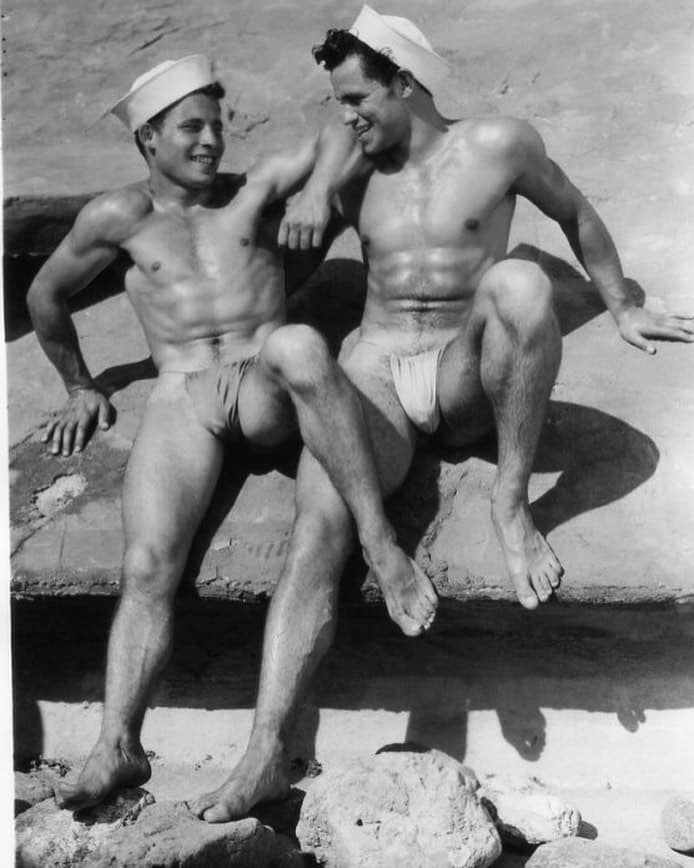
While much of Mizer’s work remains hidden from public view, particularly his most bizarre and experimental pieces, his influence is undeniable. Artists like David Hockney have credited Mizer with inspiring their own exploration of queer themes, and contemporary photographers continue to draw from his visual language of masculinity and eroticism.
For decades, Mizer was considered an outsider artist, his work relegated to the realms of camp and kitsch. However, as more scholars and critics reexamine his contributions, Mizer is finally receiving the recognition he deserves.

Bob Mizer’s Secret Code: Blurring Boundaries Between Art and Intimacy
One of the more enigmatic aspects of Bob Mizer’s work was the meticulous system of codes he created, which revealed not only his professional insights into his models but also intimate details about his personal life.
Mizer developed a set of symbols that he used to classify the men he photographed, marking everything from their physical attributes to their sexual preferences, and even their potential as romantic or sexual partners. The code, scrawled in handwriting and featured in various notebooks and diaries, provides a revealing glimpse into the intersection of Mizer’s art and his personal life.


Mizer was known to blur the lines between artist and subject, and his relationships with the men he photographed often went beyond mere professional interactions. The coded symbols, which indicated whether a model was willing to engage in sexual acts such as sucking or being penetrated, reflect the complexities of Mizer’s role as both a photographer and a participant in the homoerotic world he was documenting. Some symbols represented qualities like being married or preferring women, while others highlighted physical attributes such as the size of a model’s genitals or their willingness to engage in sexual acts.

By categorizing his subjects in such an intimate and detailed manner, Mizer not only created a record of physical and sexual traits but also left behind a roadmap of his own personal relationships. This aspect of his work, while controversial, adds to the rich tapestry of Mizer’s life as an artist who pushed boundaries in every possible way—artistically, socially, and personally. His coded notes remain a stark reminder of how closely intertwined his professional work was with his private life, further cementing his status as one of the most enigmatic and influential queer photographers of the 20th century.

The Significance of Mizer’s Legacy Today
In a modern context, Bob Mizer’s work stands as both a testament to queer resilience and a reflection of the ongoing struggle for visibility and acceptance. His images challenged the rigid boundaries of gender and sexuality long before mainstream society was willing to have those conversations. In many ways, Mizer’s work was ahead of its time, advocating for a more fluid understanding of masculinity that we are only now beginning to fully embrace.

In today’s world, where queer art is increasingly finding its place in the cultural mainstream, it’s important to remember pioneers like Mizer who paved the way. His images may have been controversial, but they were also brave and necessary. They offered a vision of masculinity that was complex, multifaceted, and unapologetically queer—qualities that resonate just as deeply now as they did then.

Bob Mizer may not have received the acclaim of his peers during his lifetime, but his work remains a cornerstone of queer art. Physique Pictorial was more than a magazine; it was a lifeline for countless men who found themselves reflected in its pages. As we continue to explore and celebrate the diversity of queer history, Mizer’s contributions remind us that art has the power to change not only individual lives but also entire cultural landscapes.

Timeline of Bob Mizer’s Life and Work
1922 – Birth
- Bob Mizer is born on March 27, 1922, in Hailey, Idaho. His family later moves to Los Angeles, California.
1942 – Early Photography Career Begins
- Mizer begins experimenting with photography, taking early shots of bodybuilders on Santa Monica’s Muscle Beach. He quickly develops an interest in portraying male physiques, setting the stage for his future work.
1945 – Athletic Model Guild (AMG) Founded
- After serving briefly in the military, Mizer returns to Los Angeles and founds the Athletic Model Guild (AMG). His goal is to photograph male models and bodybuilders, creating a studio that would later become one of the most important hubs for homoerotic imagery.
1947 – First Legal Trouble
- Mizer is accused of having sexual relations with an underage male model and is sent to a work camp in Saugus, California. Although the charges were false, this marks the beginning of his long battles with legal authorities over the content and nature of his photography.
1951 – Physique Pictorial Launches
- Mizer publishes the first issue of Physique Pictorial, a quarterly magazine featuring male bodybuilders, athletes, and models in poses that push societal boundaries. The magazine combines photographs with illustrations and commentary, and it quickly garners both fans and legal scrutiny due to its homoerotic content.
1954 – Conviction for Obscenity
- Mizer is convicted of distributing obscene materials via the U.S. Postal Service for selling photographs of men in posing straps. These images were deemed indecent, as even the suggestion of male nudity was illegal at the time. Mizer serves a nine-month prison sentence but uses the scandal to bolster his career and visibility in the underground queer community.
1950s-1970s – The Rise of Physique Pictorial and AMG
- Mizer continues to publish Physique Pictorial, which becomes a major influence on the gay community and the wider culture of bodybuilding. His studio, AMG, grows into a veritable empire, producing thousands of photographs and films featuring men in homoerotic and bodybuilding-themed contexts.
1960s – Cult Figure Emerges
- Throughout the 1960s, Mizer’s work pushes boundaries with more explicit homoerotic content. His photographs gain a cult following, with figures like Arnold Schwarzenegger and Andy Warhol muse Joe Dallesandro posing for Mizer. Physique Pictorial continues to evolve, with Mizer experimenting with more color photography and pushing the limits of masculinity and sexual expression.
1980s – Expanded Work with Film and Video
- Mizer becomes one of the first photographers in his genre to transition to video. He begins filming sessions with models, capturing their posing and interactions with meticulous detail. This footage, often containing behind-the-scenes commentary from Mizer himself, adds a new layer of depth to his artistic process.
1992 – Death
- Bob Mizer passes away on May 12, 1992, from renal failure. His death signals the end of an era for AMG, as his estate is left to his assistant Wayne Stanley, who attempts to continue the operation. Mizer’s legacy is in jeopardy as his collection of photographs, negatives, and videos are scattered across various storage units and garages.
1994 – AMG Dissolves
- After struggling to keep AMG afloat following Mizer’s death, Wayne Stanley sells off portions of Mizer’s estate. His collection, once meticulously organized, becomes fragmented and dispersed.
2004 – Bob Mizer Foundation Established
- Dennis Bell, a collector and fan of Mizer’s work, founds the Bob Mizer Foundation. Bell works to recover and preserve Mizer’s archives, which include nearly one million photographs, films, negatives, and other materials. The foundation serves as a hub for preserving Mizer’s legacy and reintroducing his work to new generations.
2010 – First Major Exhibition
- The Exile Gallery in Berlin hosts the first major exhibition of Mizer’s private works, titled “Bob Mizer: Selected Private Works 1942-1992.” The exhibition showcases never-before-seen photographs, revealing the breadth and depth of Mizer’s artistic vision.
2014 – Physique Pictorial Relaunches
- The Bob Mizer Foundation relaunches Physique Pictorial in a tribute to Mizer’s original vision. The magazine continues to honor Mizer’s legacy while adapting to modern sensibilities and celebrating queer history.
2022 – 100th Birthday Tribute
- The art and queer communities celebrate what would have been Mizer’s 100th birthday. His contributions to homoerotic art, queer visibility, and the transformation of American masculinity are acknowledged as groundbreaking, especially in the context of the repressive environment in which he worked.
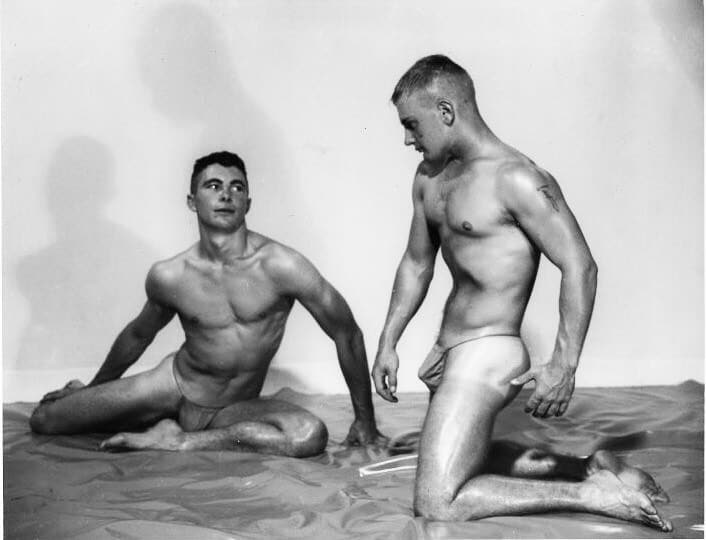
Bob Mizer FAQ
Bob Mizer was an American photographer and filmmaker best known for his homoerotic imagery of male bodybuilders, models, and athletes. He founded the Athletic Model Guild (AMG) in 1945 and launched the groundbreaking magazine Physique Pictorial in 1951, which became a pivotal platform for gay men to explore queer desire and masculinity during an era when homosexuality was criminalized.

Physique Pictorial was a quarterly magazine created by Bob Mizer that showcased black-and-white and color photographs of male bodybuilders, along with illustrations and essays. The magazine pushed societal boundaries, offering both an erotic and artistic lens on male beauty. It played a key role in shaping queer visibility in the mid-20th century.

In 1954, Bob Mizer was convicted of distributing “obscene material” through the U.S. mail. The “obscene” materials were photographs of men in posing straps (a precursor to the G-string). At the time, male nudity or even the suggestion of it was illegal. Despite the conviction, Mizer continued to push forward with his photography career and challenged societal norms around male beauty and homoeroticism.

Bob Mizer’s work played an essential role in providing queer men with a platform to explore and celebrate their identities, particularly during a time when homosexuality was illegal and deeply stigmatized. Physique Pictorial offered a rare and radical space where queer desire was made visible, paving the way for greater representation of LGBTQ+ individuals in art and culture. Mizer’s portrayal of masculinity also expanded the definitions of male beauty, helping to challenge and reshape societal norms.

Bob Mizer created a private code that he used to categorize his models based on physical attributes, sexual preferences, and personal encounters. This code, which remained private during his lifetime, offers an intimate glimpse into his relationships with his subjects and highlights how closely his personal desires were intertwined with his professional work. The code was discovered after his death and is a controversial but fascinating part of his legacy.
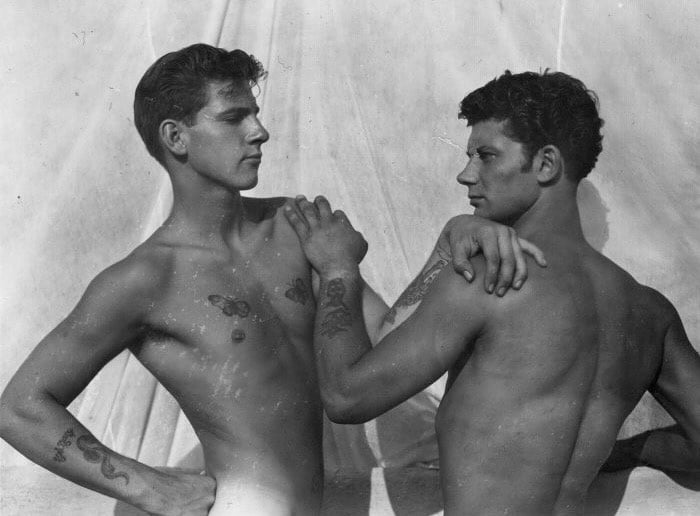
The Athletic Model Guild (AMG) was the studio Bob Mizer founded in 1945 to photograph male bodybuilders, athletes, and models. AMG became a major hub for homoerotic photography and film, with Mizer shooting thousands of men over the course of his career. The studio is considered a significant part of queer history, as it allowed for the production and distribution of imagery that celebrated male beauty and same-sex desire at a time when such content was heavily censored.

After Bob Mizer died in 1992, his estate, including thousands of photographs, negatives, and films, became scattered across various locations. Wayne Stanley, a colleague of Mizer, initially attempted to keep AMG operational, but the business ultimately dissolved. In 2004, Dennis Bell founded the Bob Mizer Foundation to preserve and archive Mizer’s body of work, ensuring that it remains accessible to the public and recognized for its cultural and artistic significance.

Over his long career, Bob Mizer photographed many culturally significant figures, including Arnold Schwarzenegger during his early bodybuilding days, Andy Warhol’s muse Joe Dallesandro, and contemporary artist Jack Pierson. These individuals posed for Mizer as part of his mission to document and celebrate male beauty.

Bob Mizer’s work was often seen as controversial because of its explicit homoerotic content. He challenged societal norms by photographing men in sexually suggestive poses, which was illegal at the time, and he frequently came into conflict with authorities over charges of obscenity. Additionally, the discovery of Mizer’s coded system for categorizing models based on sexual activity further complicated his legacy, as it revealed the extent to which his personal desires were tied to his professional work.
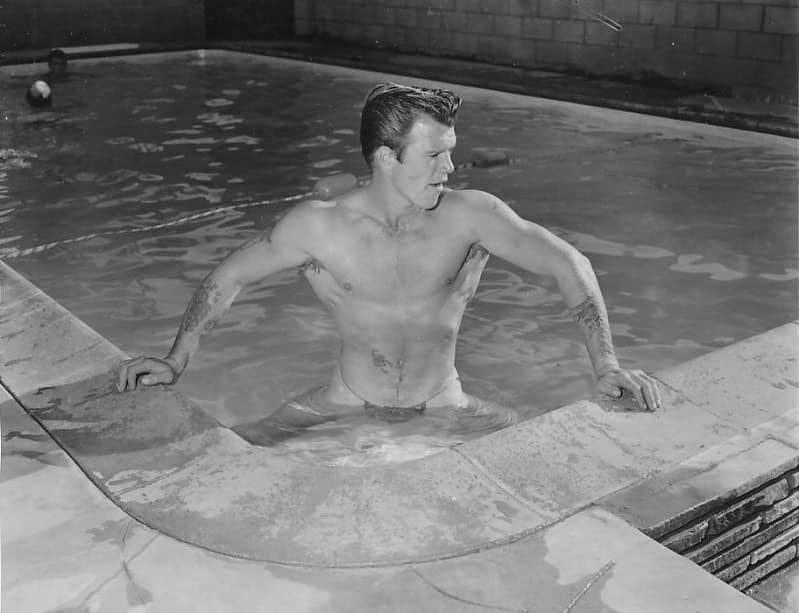
Bob Mizer’s extensive body of work is preserved by the Bob Mizer Foundation, which is dedicated to maintaining and showcasing his photography, films, and other materials. Exhibitions of Mizer’s work are occasionally held at galleries around the world, and reissues of Physique Pictorial are available through the foundation. Additionally, much of Mizer’s work can be explored through publications and archives that celebrate his contributions to photography and queer art.



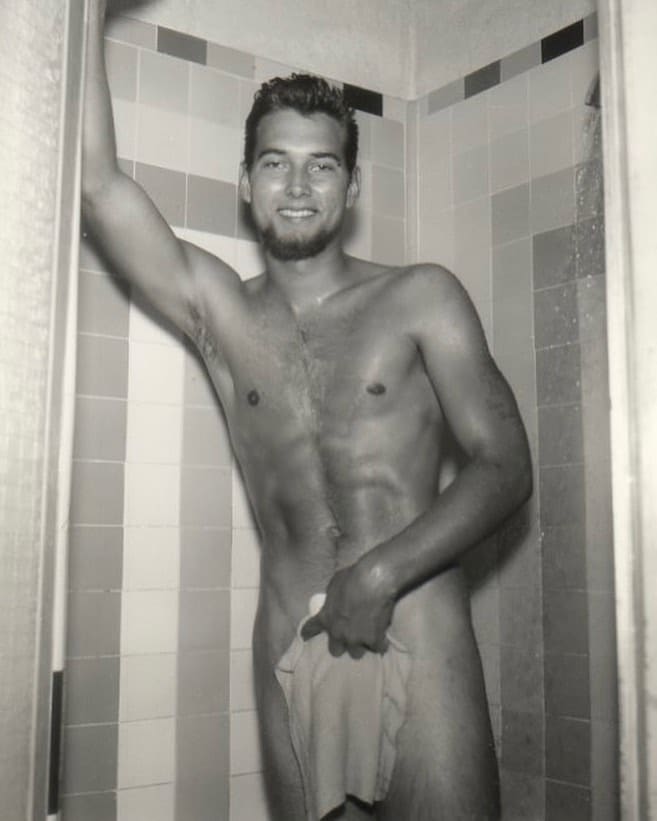


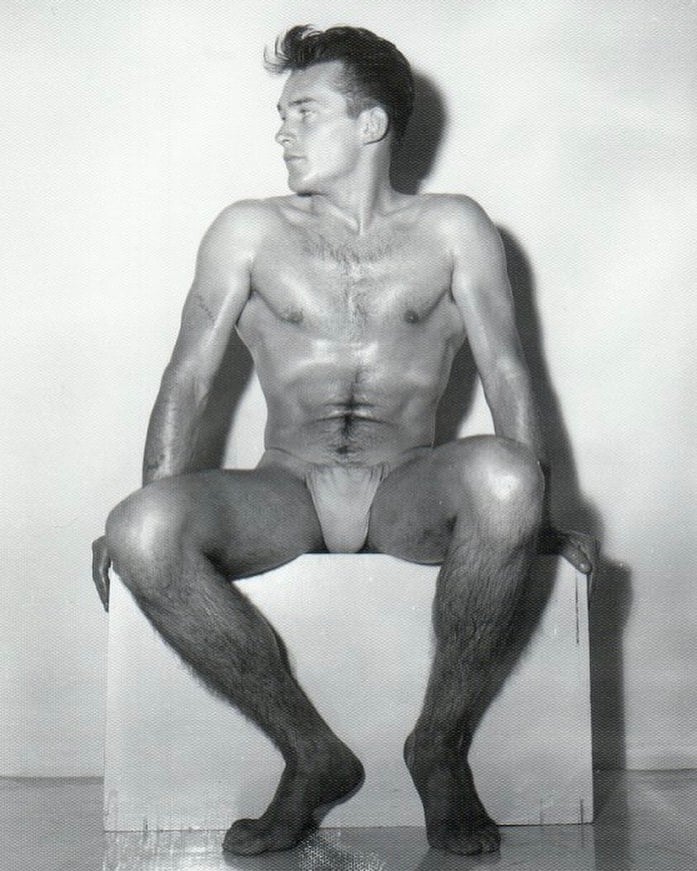








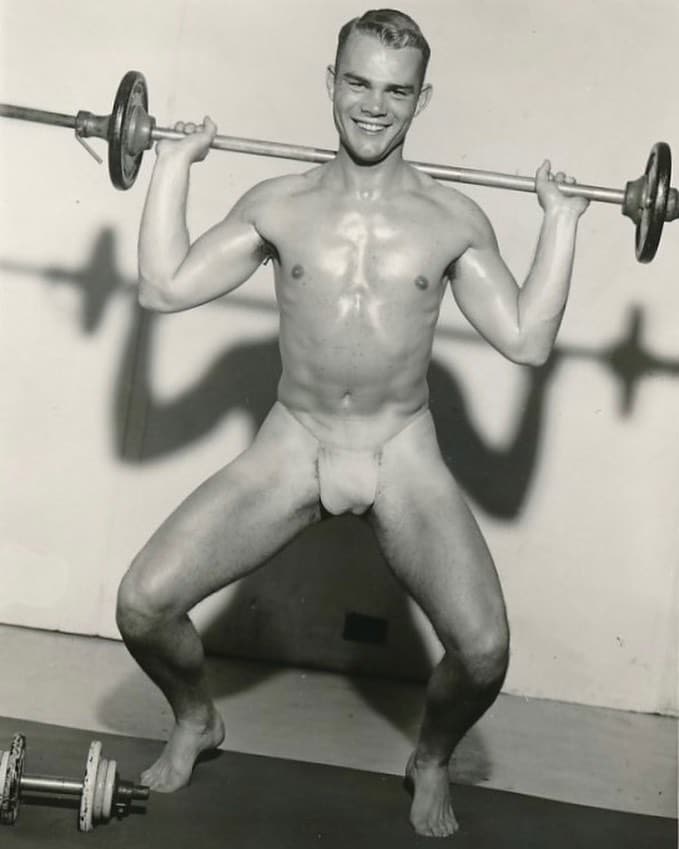
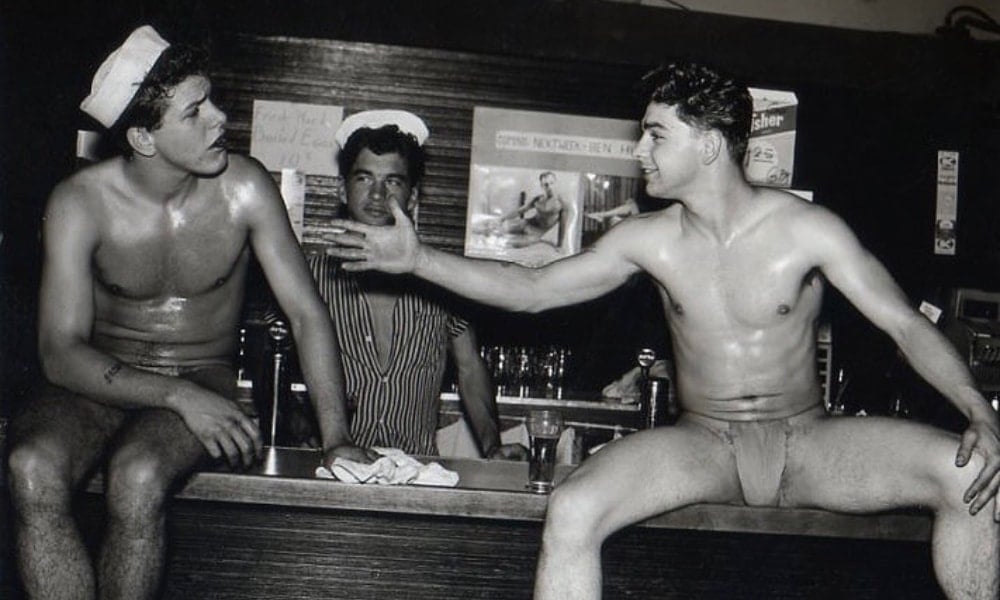
More Stories







